Today will see the landing of NASA’s Perseverance rover on Mars. And this isn’t just another Mars rover. It also has a helicopter/drone to play with!
NASA calls the Perseverance landing on Mars its most challenging yet. Part of the reason why has to do with the complexity of the terrain. Most rover missions aim for flat valleys, close to more adventurous features that they can explore later. Perseverance will instead land in the Jezero Crater. It has to, because its mission is to look for ancient life. And NASA believes that this site used to have a river flowing into a lake. So, scientists believe the site could have preserved vital signs of past life.
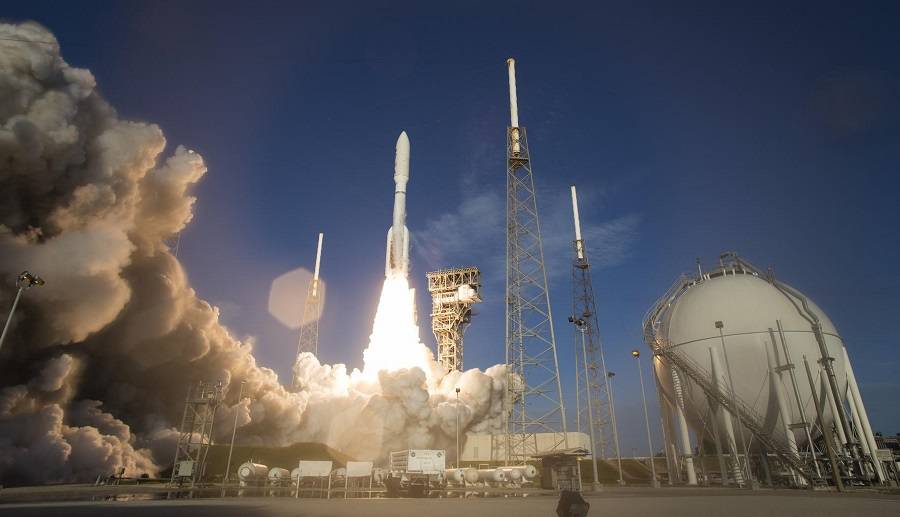
Perseverance is the fifth rover that NASA hopes to land successfully in Mars. And landing it in a crater is a big challenge. Of course all such landings are challenging. All processes are completely automatic. The distance between the Earth and Mars means that any sort of direct remote control is impossible. Signals take over 8 minutes to reach Earth from Mars, and vice-versa. This means that Perseverance has to guide itself in the right spot, in every step of the process!
Note also that this is a big rover. Nasa has flown other big rovers before, but with time their complexity only goes up. This really matters, because landing a rover like Perseverance on Mars isn’t like a re-entry in Earth’s atmosphere. The atmosphere on Mars is too thin for a parachute landing to work. So NASA has two choices: airbags, or retro-rockets. But airbags (combined with parachutes) generally only work for smaller rovers.
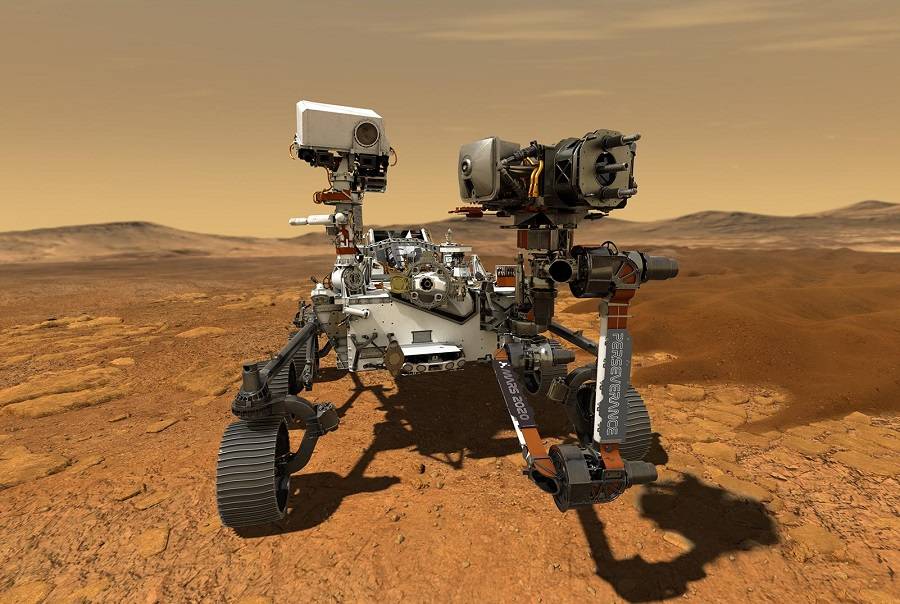
Perseverance’s Mars Landing
So, Perseverance will have to use the ‘jetpack’ (really a rocket-pack) method to land on Mars. First, the entire spacecraft will separate from a power pack, that gave it energy in space. Then it will start the atmospheric entry to Mars, relying on a heat-shield – same as a vehicle would when returning to Earth. Then a parachute will open, to slow down the vehicle. The parachute will have to deploy at supersonic speeds, which is quite amazing in itself.
This is where things start to differ from an Earth re-entry. Once it’s slow enough, the vehicle will jettison its heat-shield. This is to get rid of its weight, in part. But mainly, it is to allow Perseverance to see the Mars surface. It will employ both a radio altimeter and a visual referencing system (cameras), to get its bearings. Again, all this has to happen completely automatically. NASA’s instructions can’t get to Perseverance in time, to correct any errors!
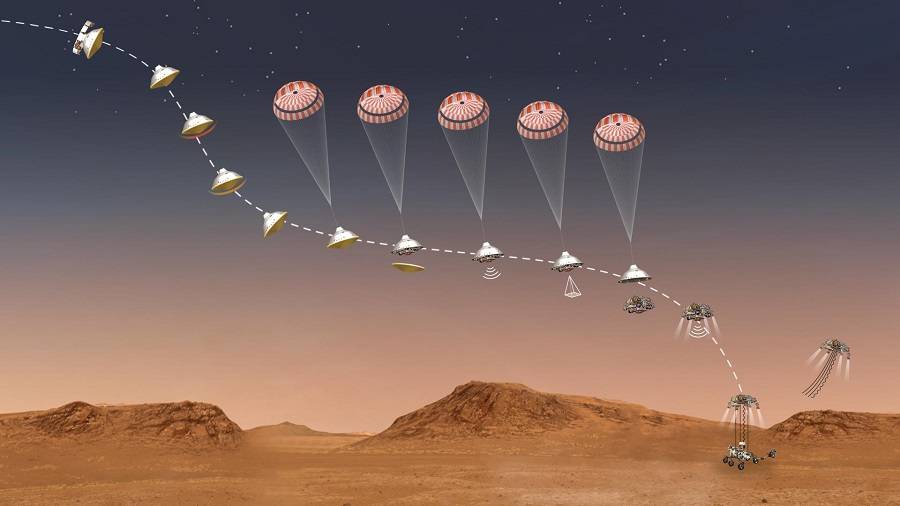
When Perseverance is ‘happy’ that it is where it needs to be over Mars, it will separate from its shell, and the parachute. Its ‘Jetpack’ will then fire its rockets (seriously NASA, why not call it ‘rocketpack’?) for a controlled descent. When its close enough to the ground, Perseverance will begin to lower itself from the Jetpack, using three nylon (!) ropes. It should touch the ground at human walking pace, i.e. 2.7km/h (1.7mph).
The Jetpack’s Ungraceful Exit Stage Left
Once safely on Mars’ surface, Perseverance will detach itself from the three ropes. This will allow the Jetpack to fly away. It will simply power down its rockets once it’s at a safe distance from the rover, or when it’s out of fuel. All this takes about 7 minutes, from the moment the space vehicle enters the atmosphere. And remember, the signal takes 8 minutes to get to Earth. So, by the time NASA gets a signal that atmospheric entry has begun, Perseverance should already be on the surface!
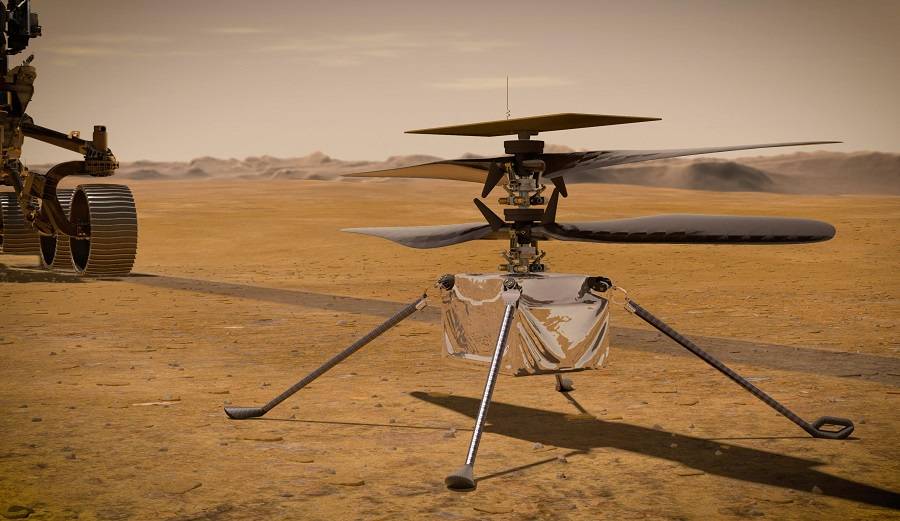
Perseverance carries with it special equipment, to look for signs of ancient life on Mars. It will provide information to confirm theories about the past of Mars’ atmosphere and conditions for life. And it also has another trick up its sleeve – or more accurately, under its belly. It has a mini-helicopter! This little helicopter/drone is called ‘Ingenuity’. NASA hopes that it will become the first vehicle to fly aerodynamically, on the surface of another planet.
Perseverance’s Mars ‘Toy’: A Flying Drone For A Land Drone!
Ingenuity isn’t big. At less than 1.8kg/4lbs (on earth) it’s smaller that some quadcopter drones. But it is as big as it needs to be. NASA’s main goal is to show that its flight is possible. Remember, the planet’s atmosphere is very thin. The same reasons that made Perseverance landing on Mars so elaborate, also means that Ingenuity won’t have an easy time taking off. This is why its two contra-rotating rotors are so big, for its weight: 1.2 metres (4 feet)!
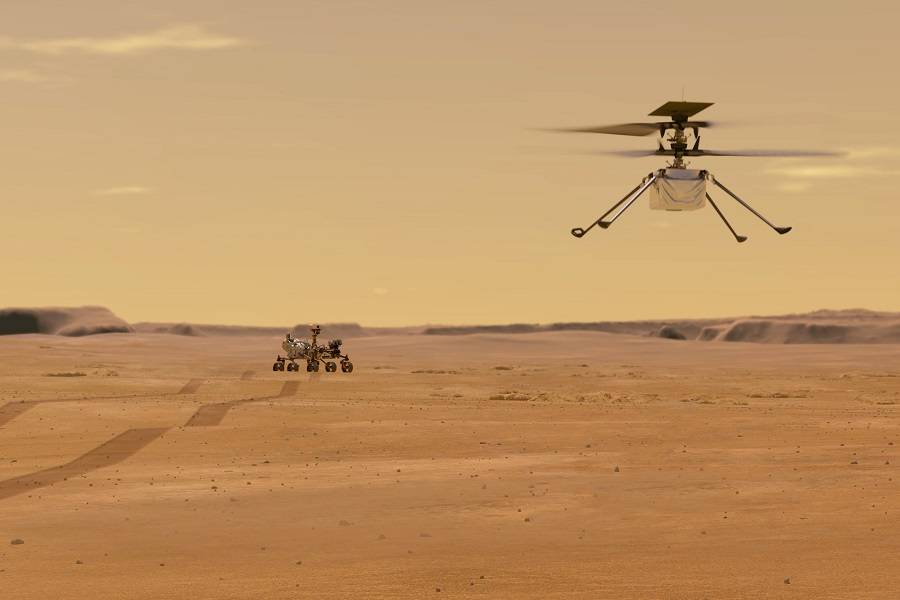
The helicopter has cameras and other sensors, to achieve autonomous flight. If it works, Perseverance will become the first Mars rover that we will see a good picture of – one that isn’t a selfie! But first it needs to get itself ready. It will have to unfold from Perseverance’s belly and charge up its lithium-ion battery with its own solar panel. Then it will spin up its props, to test them, and charge up again. With that done, it will fly. But its endurance is only about 90 seconds!
To see the beginning of all this, you need to hurry. Perseverance will touch down on Mars at approximately 20:55 UTC. But NASA will begin transmitting the event live on 19:15 UTC. To watch it (with the aforementioned 8-minute delay, of course) use the link below. From here, we wish Perseverance, Ingenuity and the NASA team the best of luck!




2 comments
Avgeekius Maximus
that’s cool, you got to be part of the Viking landings.
Jim Roberts
Any landing on another planet is incredibly challenging and Mars is littered with failed missions by others, dating back to the Soviet era. I had the honor of having a very small role in the original, hugely successful Viking I and II Mars landers (1976) and will be among the millions watching the latest NASA mission today. 🚀